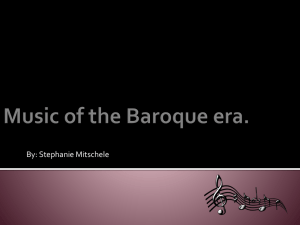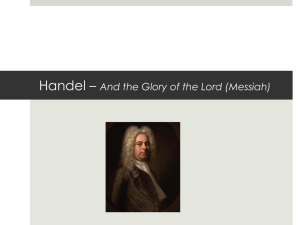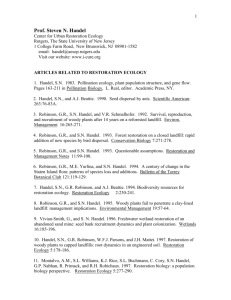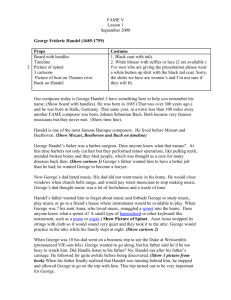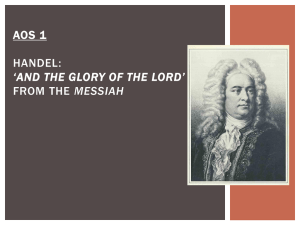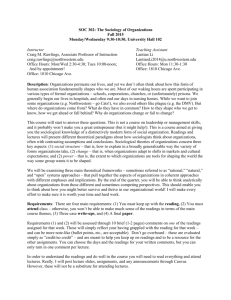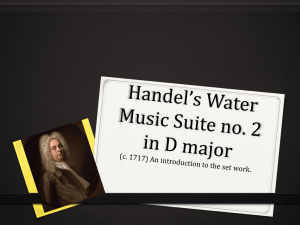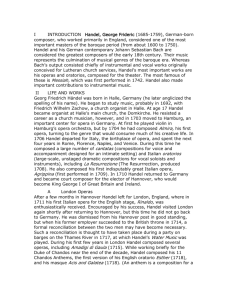articles related to restoration ecology - CLU-IN
advertisement
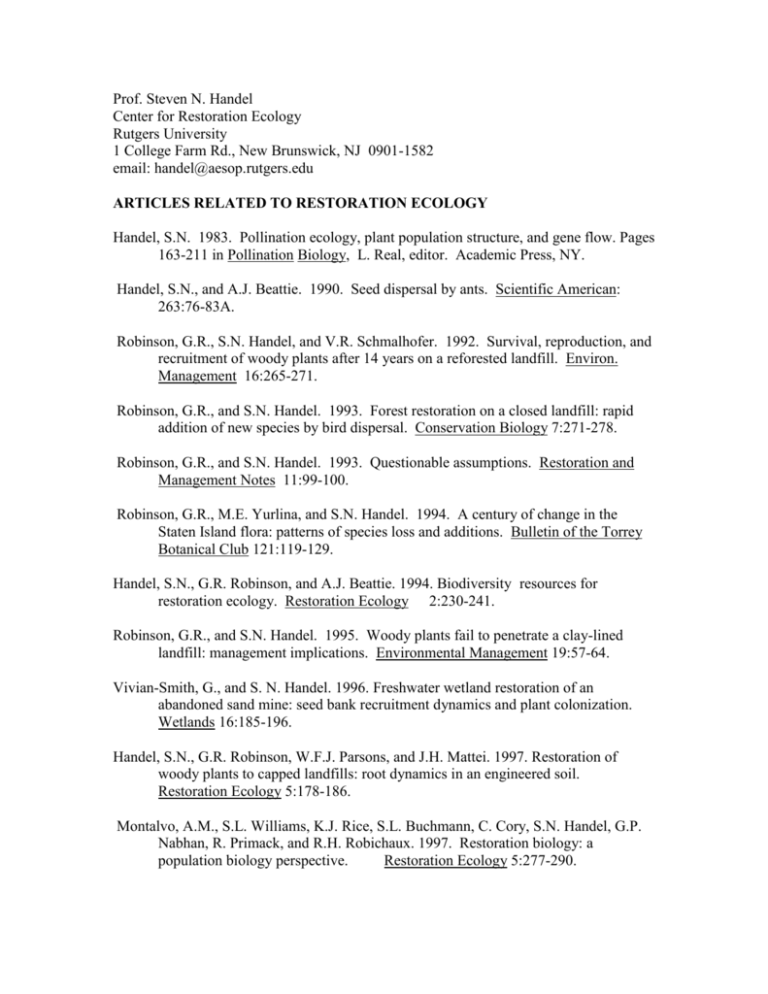
Prof. Steven N. Handel Center for Restoration Ecology Rutgers University 1 College Farm Rd., New Brunswick, NJ 0901-1582 email: handel@aesop.rutgers.edu ARTICLES RELATED TO RESTORATION ECOLOGY Handel, S.N. 1983. Pollination ecology, plant population structure, and gene flow. Pages 163-211 in Pollination Biology, L. Real, editor. Academic Press, NY. Handel, S.N., and A.J. Beattie. 1990. Seed dispersal by ants. Scientific American: 263:76-83A. Robinson, G.R., S.N. Handel, and V.R. Schmalhofer. 1992. Survival, reproduction, and recruitment of woody plants after 14 years on a reforested landfill. Environ. Management 16:265-271. Robinson, G.R., and S.N. Handel. 1993. Forest restoration on a closed landfill: rapid addition of new species by bird dispersal. Conservation Biology 7:271-278. Robinson, G.R., and S.N. Handel. 1993. Questionable assumptions. Restoration and Management Notes 11:99-100. Robinson, G.R., M.E. Yurlina, and S.N. Handel. 1994. A century of change in the Staten Island flora: patterns of species loss and additions. Bulletin of the Torrey Botanical Club 121:119-129. Handel, S.N., G.R. Robinson, and A.J. Beattie. 1994. Biodiversity resources for restoration ecology. Restoration Ecology 2:230-241. Robinson, G.R., and S.N. Handel. 1995. Woody plants fail to penetrate a clay-lined landfill: management implications. Environmental Management 19:57-64. Vivian-Smith, G., and S. N. Handel. 1996. Freshwater wetland restoration of an abandoned sand mine: seed bank recruitment dynamics and plant colonization. Wetlands 16:185-196. Handel, S.N., G.R. Robinson, W.F.J. Parsons, and J.H. Mattei. 1997. Restoration of woody plants to capped landfills: root dynamics in an engineered soil. Restoration Ecology 5:178-186. Montalvo, A.M., S.L. Williams, K.J. Rice, S.L. Buchmann, C. Cory, S.N. Handel, G.P. Nabhan, R. Primack, and R.H. Robichaux. 1997. Restoration biology: a population biology perspective. Restoration Ecology 5:277-290. Handel, S. N. 1997. The role of plant-animal mutualisms in the design and restoration of natural communities. Pages 111-132 in: Restoration Ecology and Sustainable Development. K. M. Urbanska, N. R. Webb, and P. J. Edwards, editors. Cambridge University Press, Cambridge. Parsons, W.F.J., J.G. Ehrenfeld, and S. N. Handel. 1998. Vertical growth and mycorrhizal infection of woody plant roots as potential limits to the restoration of woodlands on landfills. Restoration Ecology 6:280-289. Handel, S.N. 1998. Reintroduction of species into urban natural areas: can we return to paradise? Metro Forest News 2(2):12, 7. Handel, S. 1999. Future of region’s biodiversity lies in small local forests. Metro Forest News 3(1):5, 10. Robinson, G.R., and S. N. Handel. 2000. Directing spatial patterns of recruitment during an experimental urban woodland reclamation. Ecological Applications 10: In press. (15 pages) Ruhren, S., and S. N. Handel. 2000. Considering herbivory, reproduction, and gender when monitoring plants. Natural Areas Journal. In press. Meiners, S.J., S.T.A. Pickett, and S.N. Handel. 2000. Changing demographic and growth responses of three tree species across a forest - old field edge gradient. Submitted to J. Torrey Bot. Soc. Johns, J.S., and S.N. Handel. 2000. Gradients in compatibility: the effects of forest fragmentation on the reproductive success of a self-incompatible tropical tree species. In Prep. for American Journal of Botany. Handel, S.N., J.M. Mattei, and G.R. Robinson. 2000. Limitations of introducing woody plants by direct seeding to landfill restoration sites. In prep for Restoration Ecology.
